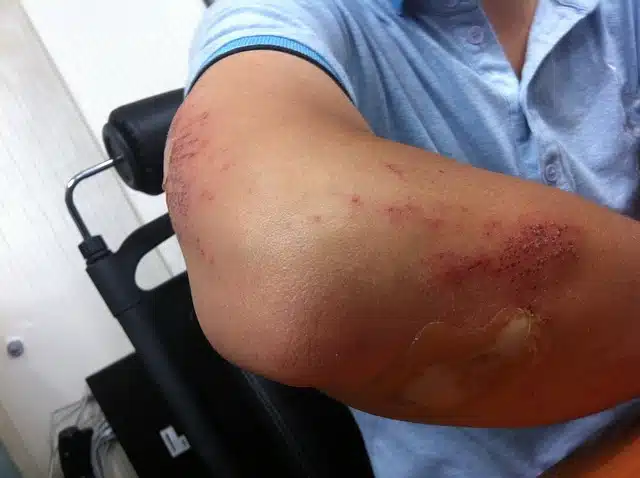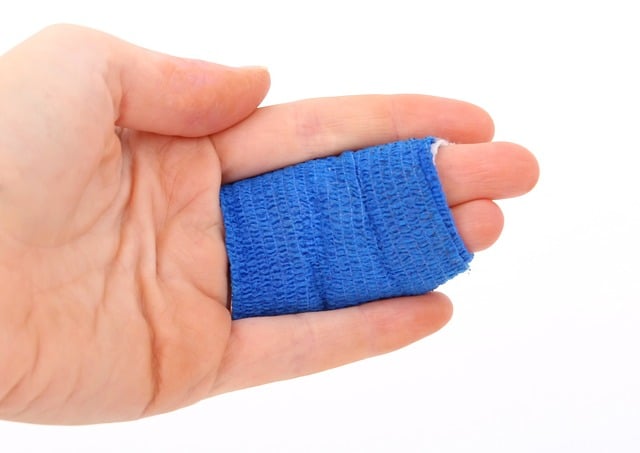
A laceration is a wound.
Laceration , from the Latin laceratio , is the action and effect of lacerating . This verb refers to hurt, hurt, bruise, damage, violate or afflict . It can be used, therefore, in a physical sense (a concrete, bodily wound ) or in a symbolic sense (an emotional wound).
For example: “The doctors said that it is a major laceration that will take a long time to heal,” “The laceration caused by the blow forced us to apply seven stitches to the victim,” “What hurts the most are the lacerations of the soul.” .
skin laceration
A laceration can be defined as a break that occurs in the skin , which can be of varying severity. Minor lacerations involve little pain and bleeding, with no numbness or tingling in the area. These types of wounds usually heal in a short time, without the need to see a doctor .
More significant lacerations, on the other hand, include heavy bleeding and are very painful. Sometimes tendons or bones can be seen through the wound. In these cases, urgent medical attention is needed.
If you suffer a minor laceration, it is important to clean the wound with warm water and soap . Afterwards, some ointment or antibiotic remedy should be applied and finally cover the laceration with a sterile gauze. It should be noted that this type of injury is quite common, since it is not a serious accident that requires going to a health center, but rather the result of a small carelessness.

Treatment for a laceration varies depending on the severity of the injury.
How to cure them
All lacerations, regardless of severity, should be treated as soon as possible. The most advisable thing is to proceed with the healing as soon as the wound has occurred, and to do so there are certain essential steps, which are detailed below:
* If the accident occurred with small pieces of material, such as wood, metal or glass, it is recommended to carefully inspect the laceration area to look for any debris. It is very important not to remove large ones, those that are embedded and keep the wound closed, since this could increase bleeding considerably;
* stop the bleeding by pressing on the wound, either with gauze or a clean piece of cloth, for an average of 15 minutes, depending on the severity of the laceration. If the bleeding does not stop, then it will be necessary to go to a medical facility for care immediately;
* determine the depth of the wound, since if it is greater than 6 millimeters, some method becomes necessary to close it, such as the application of stitches or staples, which should be practiced by someone with specific experience and knowledge;
* Use saline solution or clean water to wash the laceration so that dirt can be removed. It is advisable to apply gentle pressure to prevent the wound from opening again or bleeding again;
* Cover the laceration completely using a bandage or gauze, avoiding using any material that could stick to the wound.
The liquid bandage is an ideal product for any minor laceration, and a recommended alternative to traditional bandages. Its action is to support the skin and keep the wound closed until it heals, and the risk of infection is considerably lower than that of gauze.
Laceration in a metaphorical sense
The laceration can also be metaphorical , when one suffers deep pain in the soul .
“Every word of yours produces a laceration in my spirit: I ask you not to continue.”, “I will never forgive the emotional lacerations you caused my son.” y “The wounds on my face will heal quickly, but not the lacerations that occurred in the depths of my being.” son expresiones que muestran este uso.
